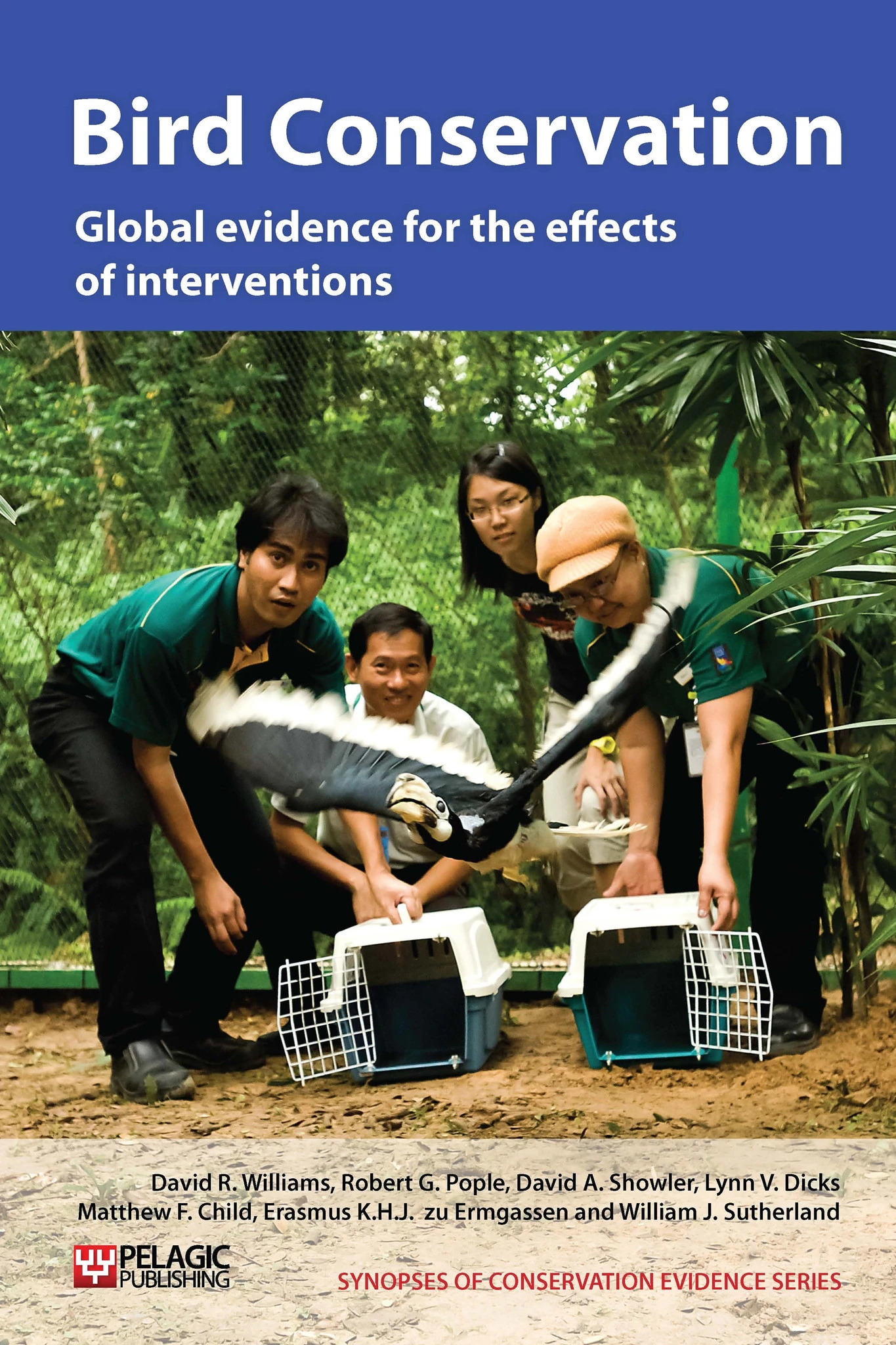Artificially incubate and hand-rear penguins in captivity
-
Overall effectiveness category Unknown effectiveness (limited evidence)
-
Number of studies: 2
View assessment score
Hide assessment score
How is the evidence assessed?
-
Effectiveness
41% -
Certainty
15% -
Harms
0%
Study locations
Supporting evidence from individual studies
A replicated study in the Western Cape, South Africa, in 1994-9 (Whittington 2003), found that orphaned African penguins Spheniscus demersus that were hand-reared and released had similar survival and breeding probabilities as naturally-fledged chicks (11% of 437 hand-reared chicks seen at colonies, 1% breeding, 2% found dead vs. 9%, 1% and 1% of 399 naturally-fledged chicks). Of 507 chicks that were hand-reared, 437 (86%) were successfully released into the wild. Survival of rehabilitated adults is discussed in ‘Clean birds following oil spills’ in ‘Threat: Pollution’.
Study and other actions testedA controlled and replicated study on Robben and Dassen Islands, South Africa (Barham et al. 2008), found that the survival to breeding age and breeding success of African penguins Spheniscus demersus during 2001-6 were similar for birds that were orphaned in the Treasure oil spill in 2000 and hand-reared, compared to birds that were not orphaned and hand-reared (1.6 chicks fledged/pair for 24 pairs with at least one hand-reared bird vs. 1.1 chicks fledged/pair for 227 pairs without hand-reared birds). The authors note that the sample size of hand-reared pairs was too small for statistical tests to determine significance.
Study and other actions tested
Where has this evidence come from?
List of journals searched by synopsis
All the journals searched for all synopses
This Action forms part of the Action Synopsis:
Bird Conservation
Bird Conservation - Published 2013
Bird Synopsis





)_2023.JPG)














